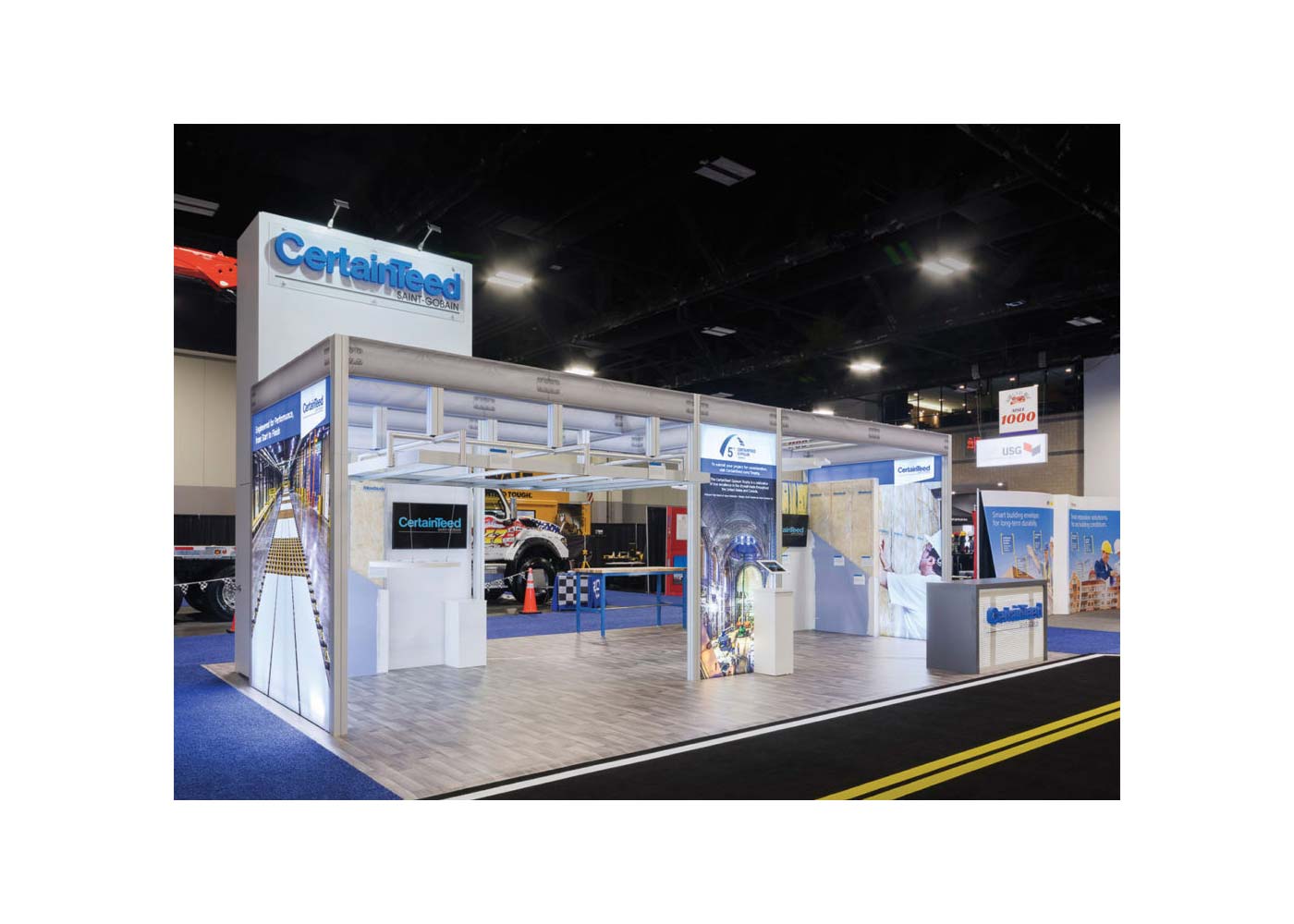For a long time now, the terms "Special Purpose
Vehicle" (SPV) and "Special Purpose Entity" (SPE) have been
common vocabulary in the world of finance. These structures have recently come
forward due to the ongoing repercussions of the financial crisis.
While these vehicles have been scrutinized due to Enron
recently, they can be beneficial when handled well. SPVs provide a gateway to
previously unavailable investment possibilities for investors because of
various critical practical characteristics and advantages. The success of SPVs
will rely on their capacity to provide transparency to investors and maintain a
stable risk profile.
So, how do we go about it? For that, we must be familiar
with the nuances of SPVs. That is precisely what we will learn here- the
application of SPV, its advantages, disadvantages, and mechanisms.
What is a Special Purpose Vehicle?
A Special purpose vehicle constitutes a separate legal
entity formed for a limited purpose. Although there are many varieties of SPVs,
each serves a specific function in the complex financial strategies of large
corporations. As their name implies, special purpose vehicles help to guard
corporations against possible liabilities or to protect assets.
There is a wide variety of applications for SPVs in the
corporate sector. Some publicly traded companies utilize SPVs to separate their
investments from the parent company's equity. It is common practice for VC fund
managers to start SPVs before raising a more conventional VC fund.
Additionally, they use these vehicles to invest in businesses that do not
conform to the fund's investment mandate.
How do SPVs work?
A parent business could omit specific projects or assets from its balance sheets to reduce the potential financial risks associated with such assets. It might form a special-purpose vehicle to securitize the assets and attract investors.
The parent business may establish an SPV with any of the
listed legal entity forms, depending on the nature of the subsidiary project:
- Trust
- Limited Partnership
- Limited Liability Company
Upon formation, the SPV acquires debt funding and solicits contributions from independent equity investors to support the acquisition of the parent company's assets. The assets are now the property of the SPV and serve as collateral for the issued securities.
It shifts the focus from the parent company's
creditworthiness to the subsidiary's security, which may result in cheaper
borrowing costs for the subsidiary.
Reasons to Consider Using Special Purpose Vehicles
SPVs allow venture capitalists to maximize their liquidity,
diversity of assets, and even the credibility of their funds. Some such cases
when the application of SPVs is preferable to a conventional fund are as
follows:
- Single-purpose - It's a legal entity formed to conduct financial transactions like asset acquisitions, joint ventures, or separating a firm's assets or activities from the corporate parent. Special purpose vehicles may be on- or off-book.
- Safeguards assets - Ultimately, this facilitates the parent
company's enhanced asset and liability management. As a result, the parent firm
incurs less risk, improves its credit standing, pays less for its finance, and
has more financial flexibility with less capital invested.
- Bankruptcy and creditor - This ensures that the parent
company may make future investments and high-risk financial transactions
without compromising the business's financial health. If the investment vehicle
fails or declares bankruptcy, the results do not affect its parent firm.
- Easy funding -
Special Purpose Vehicles allow a business to borrow capital and
restructure potentially damaging debts
- Reduced legal constraints - SPVs are not subject to the same
rules as their parent companies, so they have more business flexibility.
- Investment Strategy - The application of SPVs facilitates
the parent company's exploration of an investment potential before fully
committing. It might boost income or minimize parent company risk depending on
investment performance.
- Options for parent company - It's possible to keep
initiatives under wraps from rivals or shareholders at the parent business who
could object to the deal or how you allocate assets.
Off-Balance Sheet SPVs
A special purpose vehicle not part of the parent company's
balance sheet keeps its own books for accounting purposes. The parent business
does not consider this to be either stock or debt. The SPV safeguards the
parent firm when a joint venture or asset allocation presents a greater risk
than it can bear.
Off-balance SPVs have
the following features:
- Capitalization Restriction
- A management contract outlining the specifics of asset care.
- No independent dependent bosses or workers
- No chance to file for bankruptcy
When the risk to the parent firm is substantial, it is preferable to have the subsidiary operate off-balance sheet. The parent company must enhance its asset-liability management to close the deal, and the special purpose vehicle must have greater financial flexibility.
An off-balance-sheet special purpose helps to reduce the
government-mandated capital requirements for trust-preferred securities.
Who Can Be an SPV Investor?
When considering investing in an SPV, eligibility is a
crucial question to ask. Who exactly may put money into a Special Purpose
Vehicle? Are SPVs accessible to an ordinary person? The quick response to your
query is "no." To participate, you must be a qualified investor.
The fact is that all investors must have accreditation, even
if regulations exist to permit non-accredited investors to participate in an
SPV. The primary driver for this is that most businesses only accept
investments from authorized investors. This implies that the SPV must meet the
same criteria as the individual investors. To qualify as an accredited investor,
an SPV must merely include other approved investors. Complicating matters
wouldn't help the SPV attract investors.
Challenges Involved in Special Purpose Vehicles
If the parent business is short on cash, the SPV will be in
serious trouble since it would have to rely on the parent to cover its losses
and keep operating. This is why founders and investors must be aware of the
challenges involved in SPVs.
- Transparency issues - Special Purpose Vehicles are
notoriously tricky to manage and track the degree of risk involved and with
whom it sits due to their complexity, which typically takes the shape of layer
after layer of securitized assets.
- Threat to reputation - A related or sponsored SPV's poor
performance or default might reflect poorly on the firm's credit quality.
Because of this, the possibility of the company pulling out of the SPV when
things go tough is low.
- Impact on Signaling - People pay close attention when
collateral within an application of SPV performs poorly and extrapolate that
this must reflect poorly on the strength of the company's balance sheet.
- Franchise risk - The sponsor is likely to lose additional
ties with investors who are not satisfied with the SPV's performance, such as
with holders of unsecured debt.
- Funding and liquidity uncertainty - If an associated Special
Purpose Vehicle does poorly, it might mean less access to funding for the
parent company.
- Equity risk - The company may own several vehicle shares
(like a SIV). If the firm fails to prevent the vehicle from collapsing, its equity
in the SPV may erode more than if it intervenes and either organizes the
wind-down or returns the assets to its balance sheet.
- Mark-to-market risk - If the company needs to sell assets
from an associated SPV, it may decrease the value of the linked assets on its
balance sheet. The company's goal should be to limit the potential adverse
effect of mark-to-market accounting on its financial statements.
- Regulation - Assets held by an SPV are not subject to the
same regulatory scrutiny as the balance sheet assets of the parent company.
Many businesses choose such vehicles because of this exact reason. However, the
original business faces an indirect threat because of the relaxed regulations.
Enron Special Purpose Vehicle- A Case Study
For six years in a row, Enron, a commodities and energy
firm, was named "America's Most Innovative Company" by Fortune. The
magazine was close to the mark; Enron established hundreds of Special Purpose
Vehicles to conceal its debt and poor transactions. Enron eventually
established 3,000 distinct corporations, including over 800 in foreign
jurisdictions.
In August of 2000, Enron's stock price reached a high of
$90.00. A year later, it dropped below $1 per share as doubts about the
company's accounting procedures spread. When Enron filed for bankruptcy in
December 2001, it had assets of $63.4 billion, which remained the largest
corporate bankruptcy in history until the following year. Because of this
oversight gap, in 2002 Congress passed the Sarbanes-Oxley Act, which increased
company disclosure standards and auditor responsibility.
Of course, not every application of SPV is a part of a
massive Ponzi scheme with fraudulent financial records. However, intelligent
investors will examine the company's financial statements to confirm that the
formation of SPVs was legitimate and compliant with applicable laws.
Strategies to Manage Special Purpose Vehicle Risks
Several high-profile failures have occurred, at least partly
due to ineffective risk control and a lack of knowledge of the hazards
associated with SPV use. Future risk management strategies for Special Purpose
Vehicles include the following:
- Governance - Depending on the SPV's structure and the level
of active engagement necessary from the different partners, a company should
implement an appropriate governance procedure for the SPV.
- Oversight - Firms should closely monitor the transferred
exposures' quality compared to the rest of the firm's balance sheet components.
Market players should be able to analyze and risk-manage elements that boost
transaction capability, and there should be continuous supervision and
monitoring of SPV activity to spot changes that might lead to systemic
weakening.
- Regulation - Limit the ability of external regulators to give
consultancy services to the same customers for whom they provide ratings and
Make stricter reporting and consolidation of accounts requirements for Special
Purpose Vehicle usage.
- Simplification - Standardization of documentation and
disclosure requirements of SPVs is necessary, and any significant departure
from these standards should reach the investors. It will lead to simpler
structures and an end to multi-tiered securitization.
- Consolidation - If there is proof that the SPV is getting
funding from the sponsor company, the SPV's operations should merge with the
institution's for supervision and internal risk management. The sponsoring
business retains a portion of the equity to discourage the packaging of subpar
assets for sale to investors.
FAQs
What is the application of SPV?
An SPV is an associate company established for the express
purpose of carrying out a specific commercial activity. The application of SPVs
includes asset securities, joint ventures, real estate acquisitions, and
isolating the parent firm's assets, activities, or risks. While SPVs have
numerous legal purposes, they are also part of financial and accounting
problems.
Why is it necessary to use SPV in project financing?
Participants in asset securitization may isolate a
particular set of assets or revenue streams using a Special Purpose Vehicle /
Special Purpose Entity. This shields them from unintended project risks related
to other participants' business operations.
What makes an SPV different from a fund?
Unlike conventional venture funds, special purpose vehicles
(SPVs) put all their money into a single firm. In contrast, conventional
venture capital funds allocate their investments among several businesses that
fall into the categories and phases that align with the investing principles of
the fund.
How many people may invest in a Special Purpose Vehicle (SPV)?
The legislation allows up to 249 investors and $10 million
in funding for a special purpose vehicle (SPV) that uses the venture capital
exemption. To maintain some flexibility for the future, the ideal limit to the
number of investors is 247.
If you wish to contribute to our blog, please email us on morhadotsan@gmail.com.






















